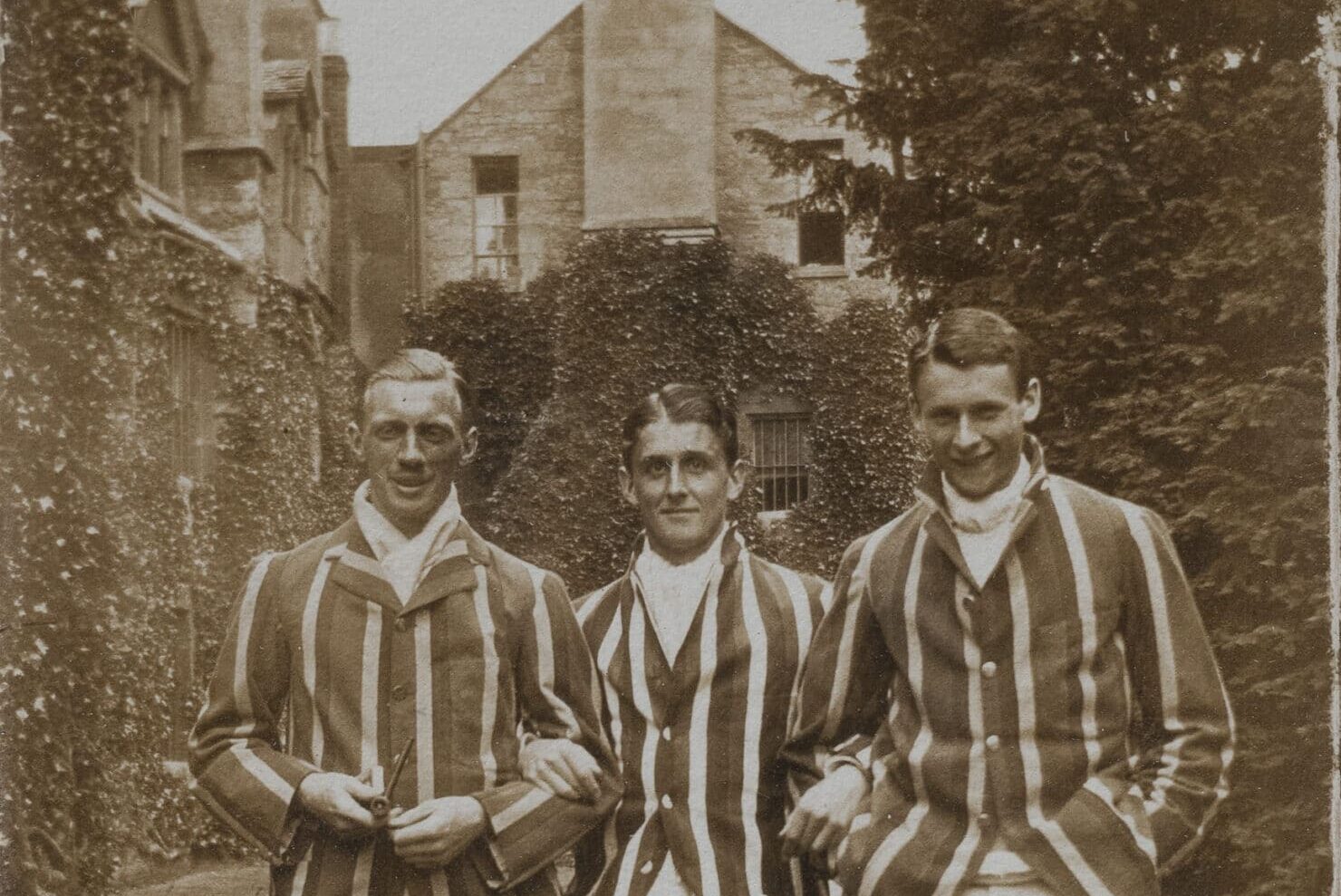At Worcester College we are the custodians of special collections of international importance. From drawings by England’s first classical architect Inigo Jones, to over 1,200 plays printed before 1750, our special collections stretch to over 70,000 items. In addition, the development of Worcester College, its administration, members and former estates is recorded in the College Archives.
Our modern reading rooms contain over 65,000 volumes in all subjects for use by our students, fellows and staff. The Library also holds the Eland Collection of modern books on architectural history thanks to the generous bequest of Cyril Eland in 1995, which we continue to develop with new acquisitions. We are also collecting publications by and about Old Members of the College and will receive any donations to this ‘Vigornienses’ collection with thanks. Visit our College Life pages to find out more about studying in the Library with our modern collections.
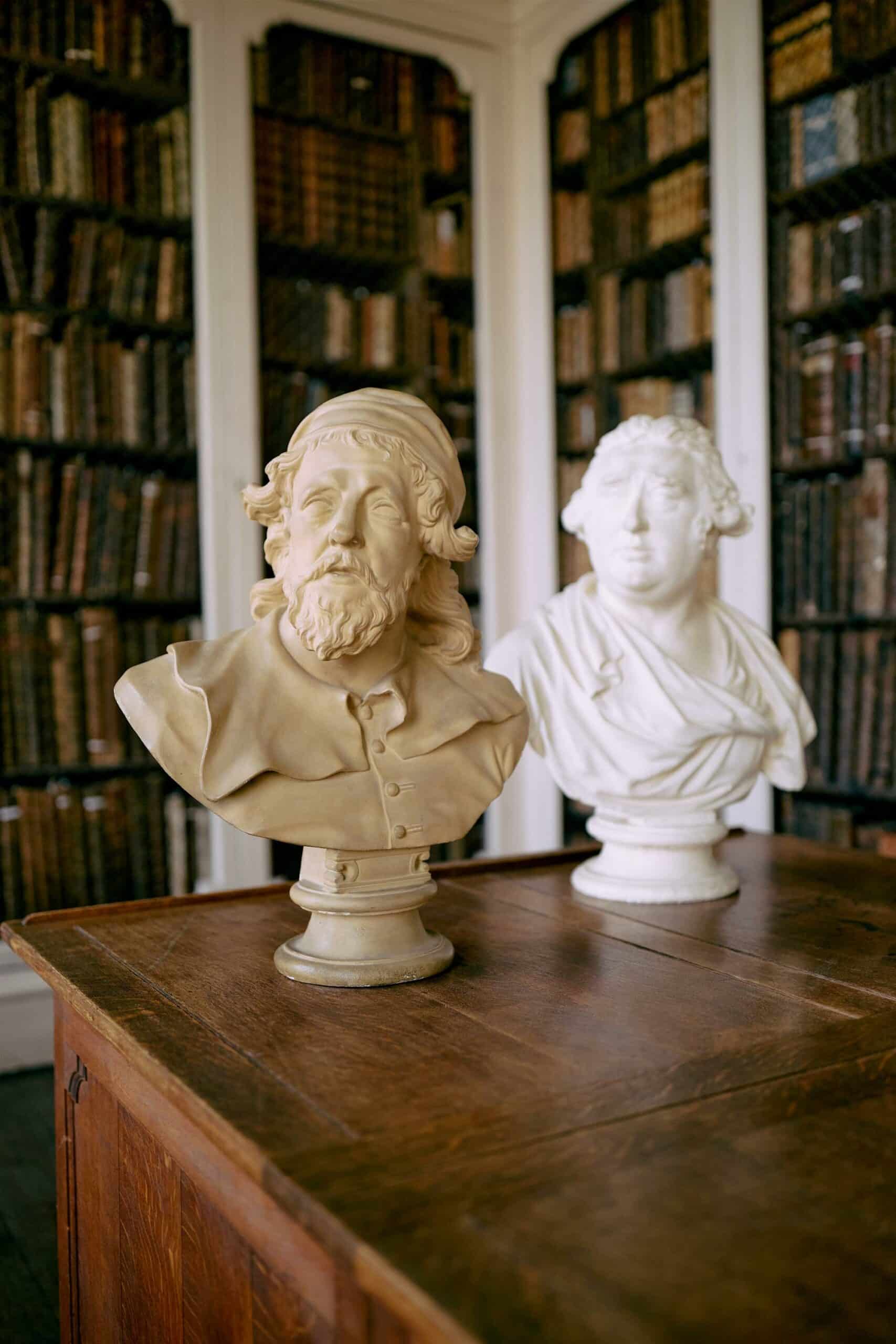
Special Collections
Learn more about our early printed books, pamphlets, manuscripts, prints and architectural drawings. Our holdings are particularly strong in seventeenth- and eighteenth-century English literature, the English Civil War and architectural history.
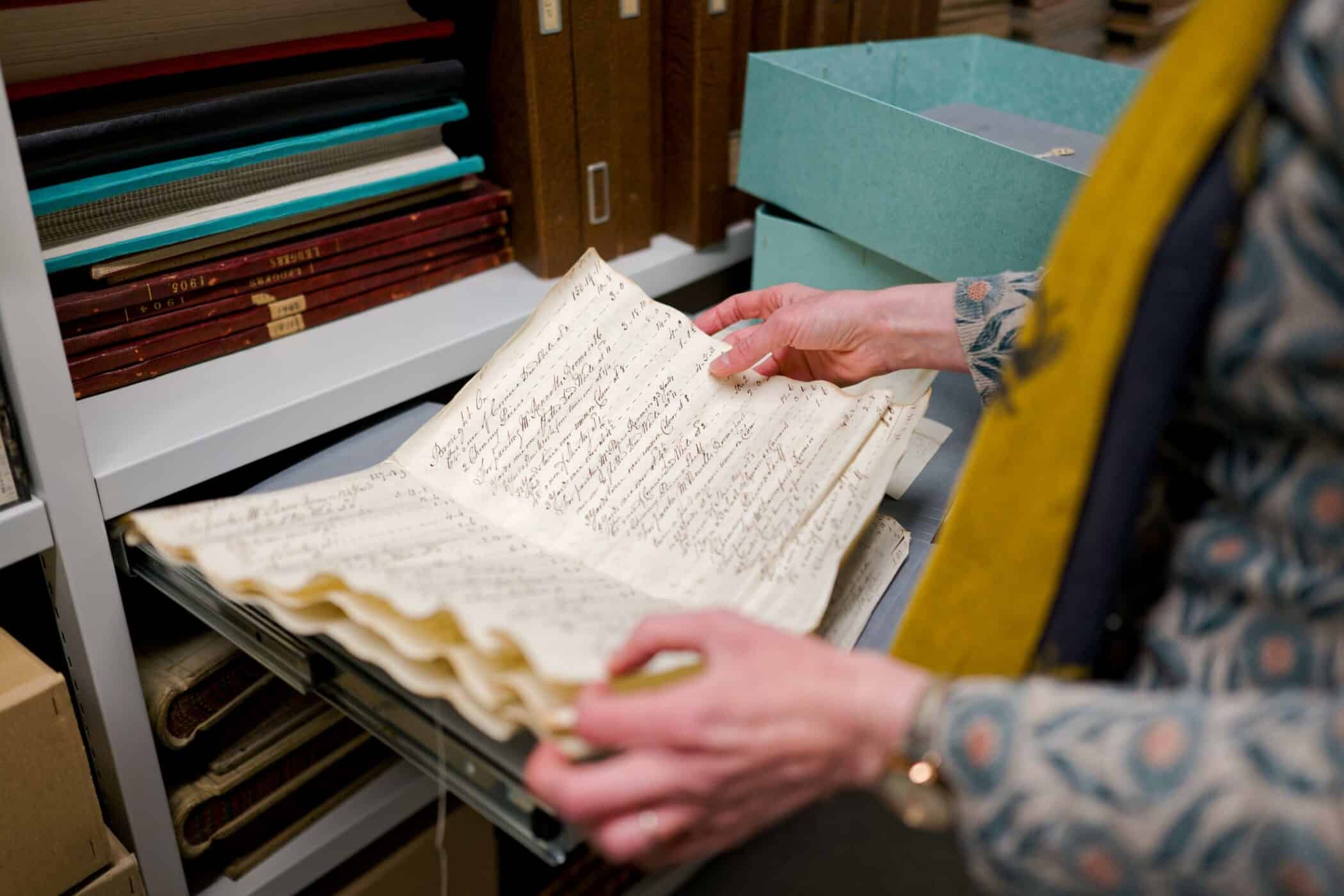

College Archives
The Archives holds records relating to the administration of Worcester College, former College estates, and former members, including the papers of a small number of Provosts, fellows and students.
Treasures of Worcester College blog
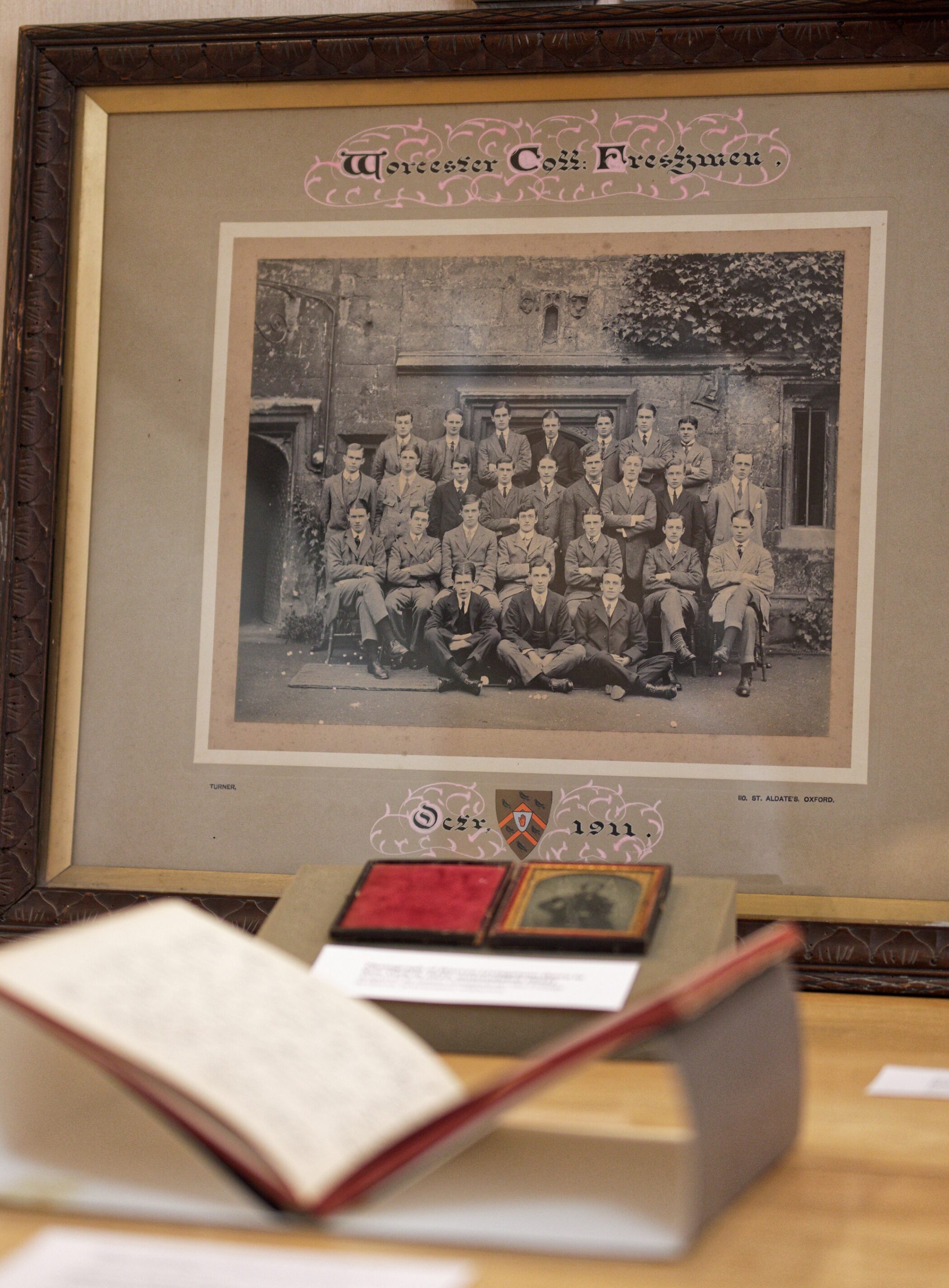
Making use of our collections
Find out more about making arrangements to visit the Library and Archives as well as our photographic reproduction services.
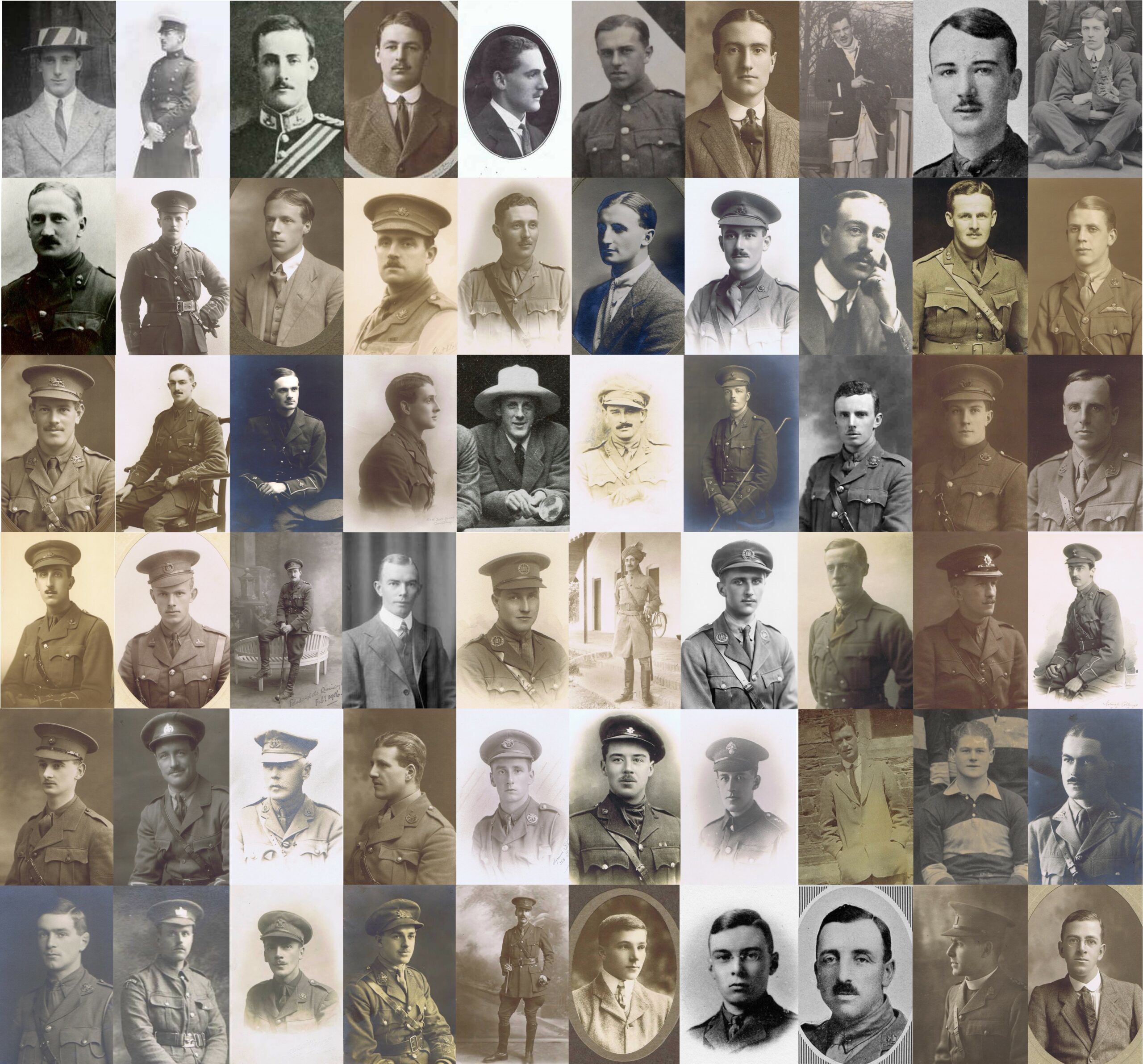
Worcester and the World Wars
During the First and Second World Wars, 182 Worcester students, staff and alumni lost their lives. Explore their stories – both at Worcester and at war – in our interactive memorial pages.












